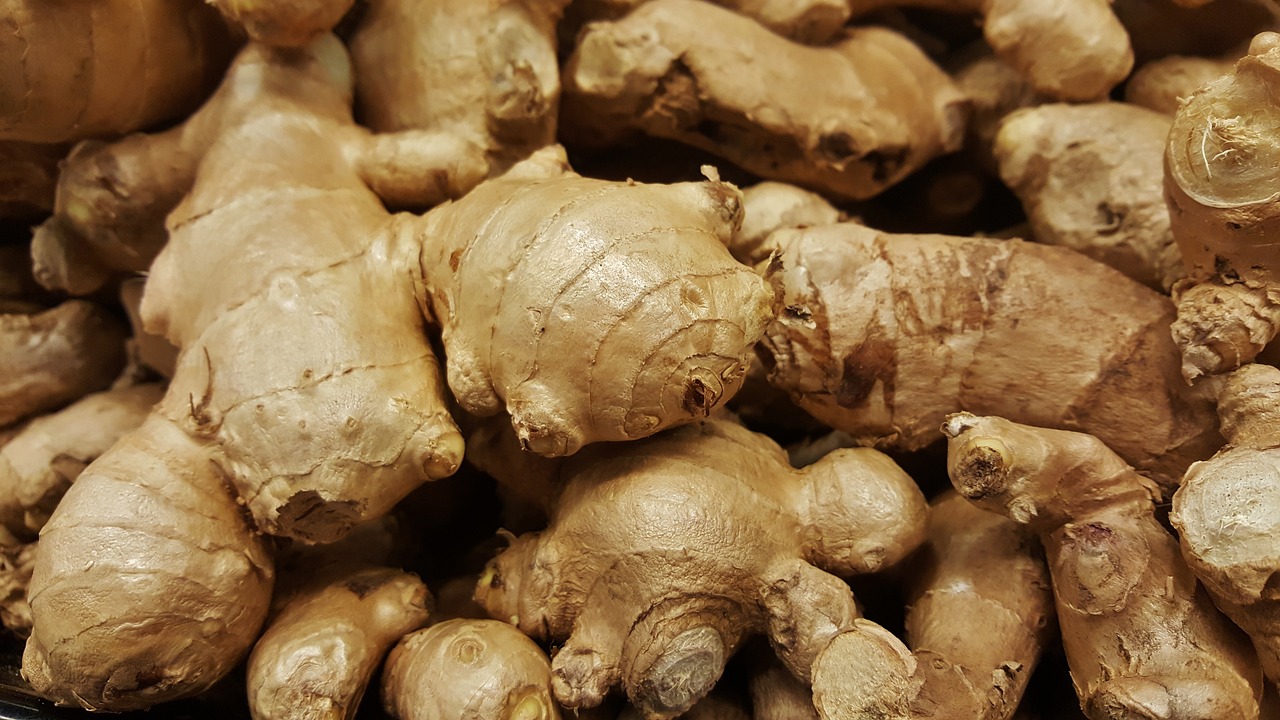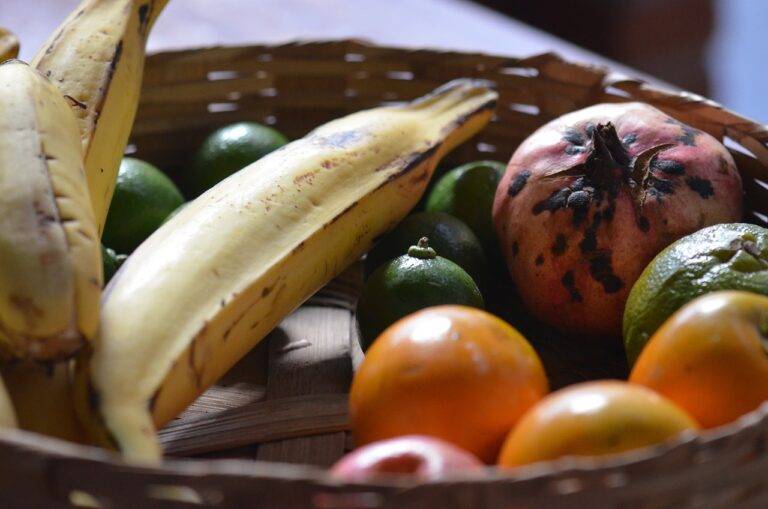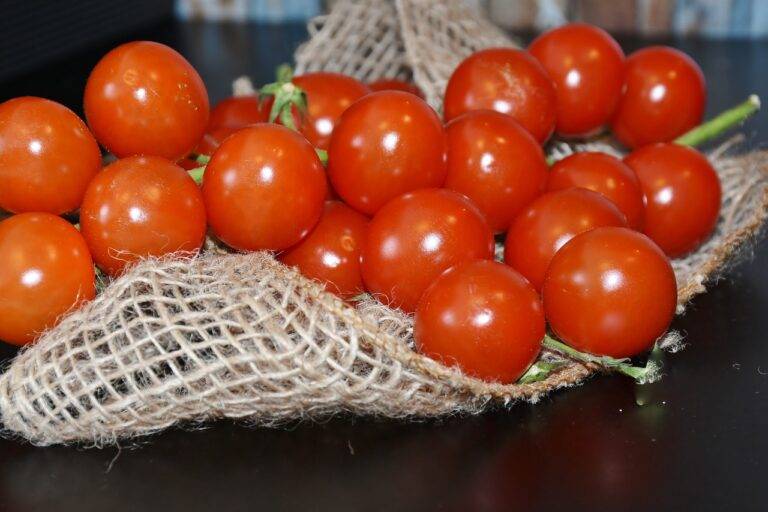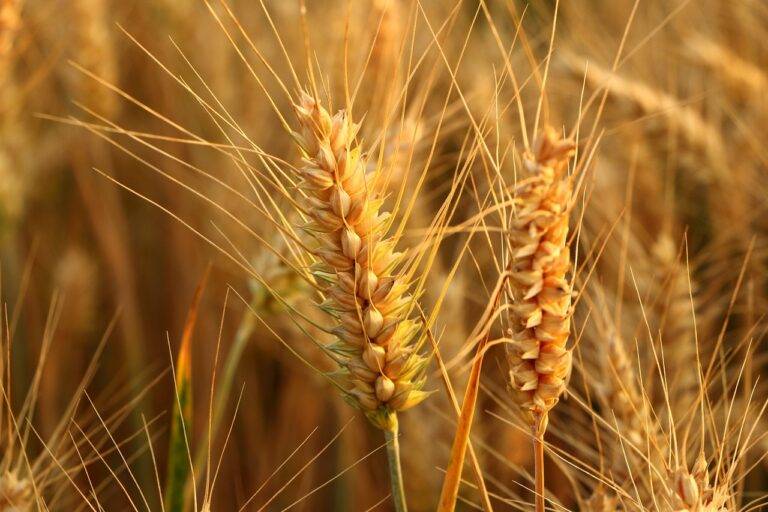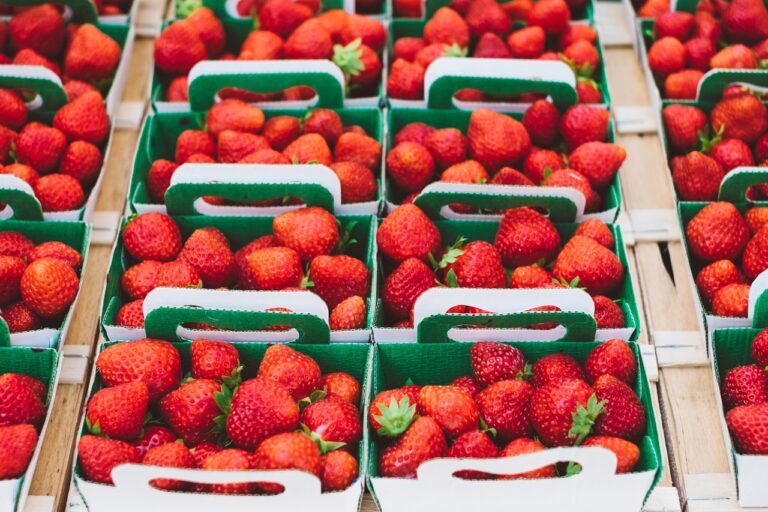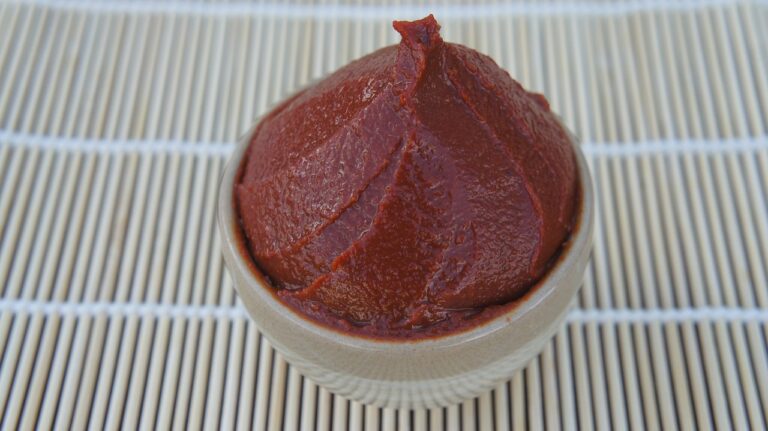The Art of Food Styling: Tips for Creating Beautiful Dishes
Food styling is the art of preparing food in a visually appealing manner for photography, videography, or presentations. It involves not only the cooking of the dish but also the arrangement, composition, and overall aesthetic enhancement of the food to make it look attractive and appetizing. Food stylists use various techniques such as garnishing, prop selection, and lighting to make the food appear fresh, delicious, and tempting.
In the world of food styling, attention to detail is key as every element in the composition must be carefully considered to ensure a visually striking result. From choosing the right plates and utensils to arranging the food in an appealing way, food stylists aim to evoke a sensory response in the viewer that goes beyond just taste. This meticulous approach to food presentation plays a crucial role in marketing food products, enticing consumers, and creating a lasting impression.
Importance of Presentation in Food
The presentation of food plays a crucial role in enhancing the overall dining experience. When a dish is visually appealing, it not only stimulates the appetite but also creates a lasting impression on the diner. The way in which food is plated, the use of garnishes, and the arrangement of elements on the dish can significantly influence how it is perceived by the person enjoying the meal.
Food presentation is not only about making a dish look beautiful; it is also about conveying the story and personality of the chef or the restaurant. A well-presented dish can showcase the creativity, skill, and attention to detail of the culinary team behind it. In a world where social media plays a significant role in how we perceive food, a visually striking dish can attract attention, generate buzz, and even go viral, giving a restaurant or a chef a competitive edge in the gastronomic landscape.
Colors and Textures in Food Styling
In food styling, colors and textures play a crucial role in creating visually appealing dishes that entice the viewer’s senses. Vibrant hues can evoke certain emotions and spark interest in the dish, while varying textures add depth and dimension to the overall presentation. By carefully selecting a color palette that complements the food ingredients and arranging them in an aesthetically pleasing manner, food stylists can enhance the overall visual impact of the dish.
Experimenting with different textures in food styling can elevate the presentation and make the dish more visually captivating. Combining contrasting textures, such as smooth and crunchy elements, can create a dynamic visual experience that keeps the viewer engaged. Textures can also help convey the freshness and quality of the ingredients used, adding another layer of appeal to the dish. By paying attention to the interplay of colors and textures in food styling, stylists can transform a simple dish into a work of art that not only looks delicious but also delights the senses.
• When selecting colors for food styling, consider the emotional response they may evoke
• Experiment with contrasting textures to create visual interest and depth in dishes
• Pay attention to the freshness and quality of ingredients through textures in food styling
• The interplay of colors and textures can transform a dish into a visually appealing work of art
What is food styling?
Food styling is the art of arranging and presenting food in an aesthetically pleasing manner for photography or display.
Why is presentation important in food?
Presentation is important in food because it can greatly influence the way we perceive taste and quality of a dish. A well-presented dish can enhance the overall dining experience.
How do colors and textures play a role in food styling?
Colors and textures are key elements in food styling as they can help create visual interest and appeal. Different colors can evoke certain emotions and textures can add depth and dimension to a dish.

